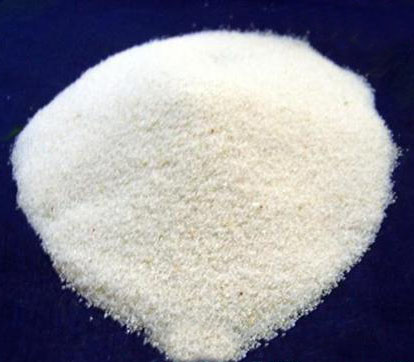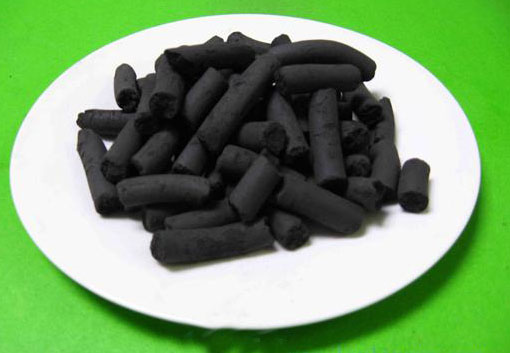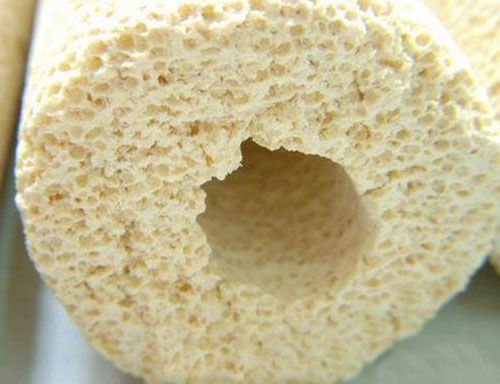Sand filter tank is also known as filter sand tank, sand tank filter, sand filter tank and so on. It is named after the original use of quartz sand as the filter material. Because the filter sand tank has the advantages of lightness, simple operation, low cost and other advantages, it has been more and more used in various water treatment industries. The filter material matched with it is also different because of the different functions of the filter sand tank. Below we introduce three common filter media:
1. Quartz sand If the purpose of water treatment is to filter out large suspended solids in the water, pure white quartz sand is generally used. Its main ingredient is silica. Quartz sand is difficult to react with acid and alkali, and its chemical properties are stable. And the filter coefficient is small, the material is easy to obtain, and the price is cheap. It is the first choice for sand filter material. Quartz sand usually used in water treatment mainly has several specifications: No. 3 sand has a diameter of 2-4mm, which is generally used to filter large particles of impurities, such as the primary filtration of circulating water shrimp, first of all, large-particle shrimp The shell is filtered out before the next water treatment can be carried out. At this time, No. 3 sand can be used;
No. 4 sand, with a diameter of 1-2mm, is mostly used for filtering larger particles, such as adult green algae in landscape water;
No. 5 sand has a diameter of 0.5-1.5mm and is mostly used for filtering smaller particles. Such as secondary filtration in the factory farming filtration system, swimming pool water treatment, etc. It can filter out most of the solid particles such as fish feces, multi-poured bait, hair, etc.;
No. 6 sand has a diameter of 0.2-0.5mm and is generally used for fine filtration, such as primary filtration of drinking water.

2. Activated carbon Activated carbon has strong physical and chemical adsorption properties, which can adsorb colored substances, some salts, ozone, and even bacteria in the water. Activated carbon is divided into wood charcoal and coal-based charcoal. The effect is better with wood charcoal. The adsorptivity of activated carbon varies according to different production materials and manufacturing processes, and the iodine value is used as a criterion for judging good or bad. Generally, the iodine value exceeds 850, which is a high-quality activated carbon. The disadvantage of activated carbon is that it needs to be replaced in time after it reaches saturated adsorption.

3. Biochemical filter media Typical biochemical filter media include volcanic rocks, brushes, and porous ceramic rings. As the carrier of biochemical bacteria, biochemical filter media generally has slow water flow. The flexible backwashing function of the sand tank can easily wash away the dirt trapped by the biochemical filter material.

